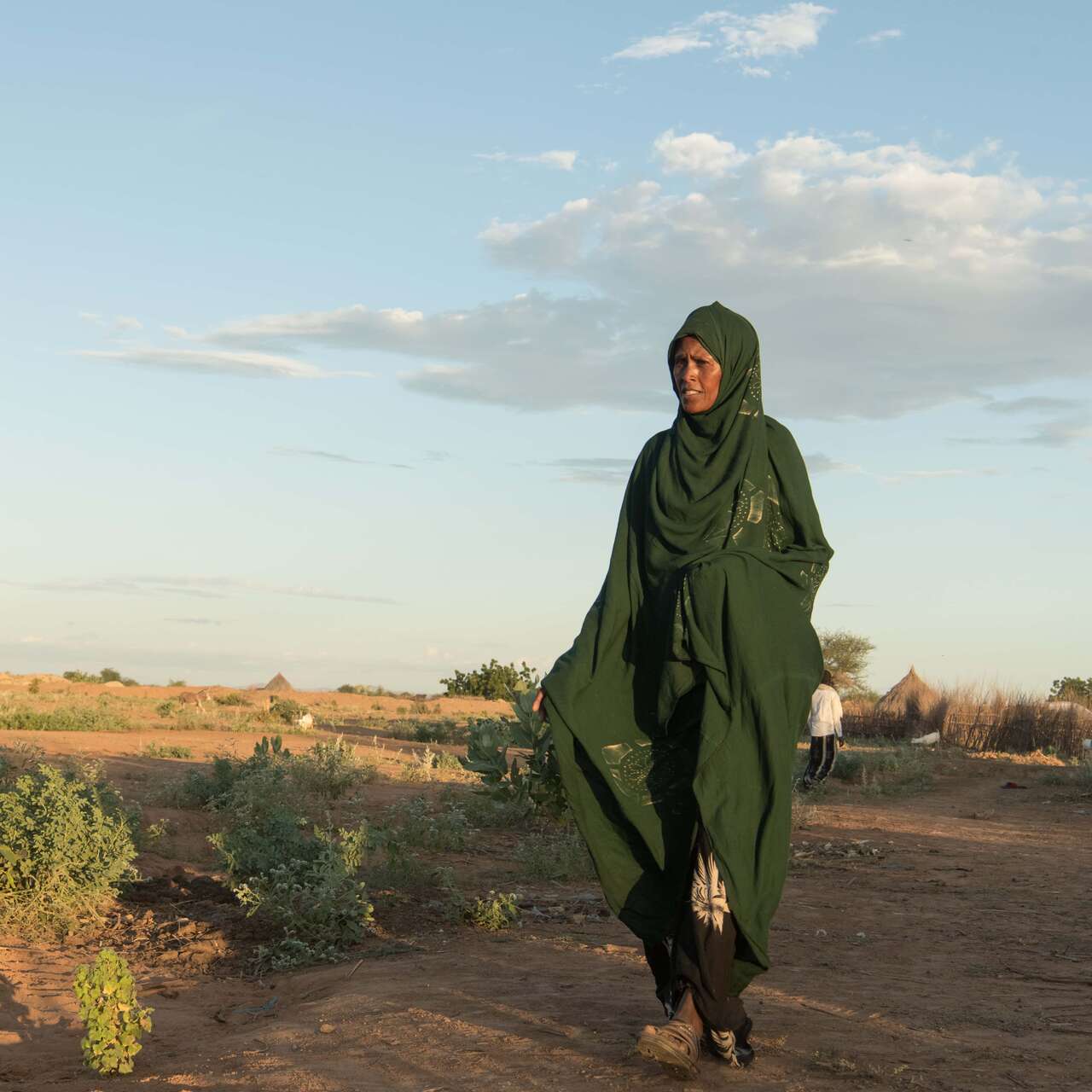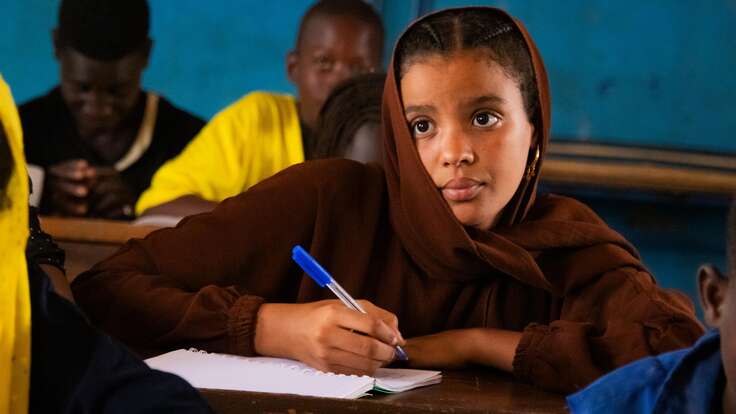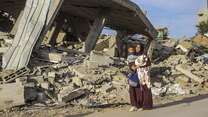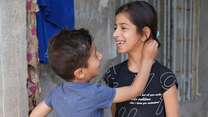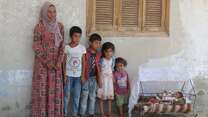If the EU is serious about stopping the spiralling crises we see today, it must focus its attention and resources on fragile and conflict-affected states (FCAS). Humanitarian needs are today being increasingly concentrated in a small handful of countries. In order to drive meaningful change for affected populations, the international community needs to tailor its approach to FCAS, bearing in mind their specific contexts and vulnerabilities. However, at present the momentum is moving in the opposite direction – the funding gap in these particularly fragile countries is growing, and current delivery models are not fit for purpose.
The global humanitarian funding gap reached a new high of $32.5 billion in 2023, with the 20 countries featuring in the IRC’s 2024 Watchlist accounting for 86% of these unmet funding needs. In order to address this disconnect, the EU can take a number of steps.
The EU must take the following concrete actions if it is to raise the bar and keep up with the pace of spiralling crises globally. By focusing attention and resources on fragile and conflict-affected states, the EU can advance the SDGs in the lead-up to 2030.
The EU should increase the proportion of EU aid reaching fragile and conflict-affected states. Targeting Official Development Assistance (ODA) to where it is needed most is an important step. With the greatest needs concentrated in just a handful of countries, common sense dictates that a far greater proportion of funding should be directed to these countries. More specifically, the EU institutions and its Member States should:
- Commit half of all bilateral ODA to fragile and conflict-affected states – 25% disbursed now . This funding should be provided in grants and, when delivered via development banks, be highly concessional. This commitment alone would see almost €5.5 billion in additional funding made available to fragile and conflict-affected states – a sum which would bridge the gaps in humanitarian response funding worldwide (with an increase from 43% to 56% of funding needs being met).
- Encourage all EU Member States to increase their funding to meet the target set by the UN of spending 0.7% of their Gross National Income on ODA. While a number of EU countries have shown global leadership in their commitment to meet this UN target, only three - Luxembourg, Sweden and Germany - made this a reality in 2022. A total of 11 Member States made ODA allocations of less than 0.5%. If all EU Member States were to meet the 0.7% commitment, this would significantly increase their combined funding to a total of X billion each year.
A substantial increase in financing to FCAS, while essential, is not enough. Even when financing is available, governments alone are often unable to operate in these challenging contexts, as they may lack the control, capacity, access and - at times - the willingness to deliver services across entire countries. As a result, when instability takes hold, donors’ first instinct is too often to withdraw funding or suspend programmes. This can leave humanitarian actors struggling to meet the scale of needs, and vulnerable populations, who already bear the brunt of neglect and insecurity, in an even more precarious position. Where governments can deliver, they should be supported to do so, but in their absence, investing in delivery models that work in fragile settings could play a significant role in filling these financing gaps.
The EU should:
- Develop a toolbox of more ambitious and scaled up partnerships designed to be responsive to the challenges encountered in fragile and conflict settings, spanning from advisory support to direct delivery. In fragile and conflict settings, it is usually civil society and NGOs, particularly women-led civil society organisations, that have the strongest relationships with communities in need and are well placed to support in delivery. An expanded range of partnerships would enable the EU, through INTPA in particular, to further broaden its approach to delivery and crowd in a wider range of partners to provide additional capacity and ensure that financing does not cease to flow to the places where it is most needed. Such partnerships can be designed to be responsive to the challenges encountered in conflict settings and span from advisory support to direct delivery. They can have the added benefit of supporting long- term government system change.
Recognise the diversity of civil society actors, and involve CSOs/NGOs/non-sovereign actors more systematically in new initiatives such as the Team Europe approach and Global Gateway. While it is encouraging that the Global Europe programme includes the specific commitment to “support civil society organisations”, now is the time to take forward concrete steps to put this into practice.
- Exert EU influence to drive reform in the wider humanitarian system, encouraging Multilateral Development Banks, starting with the World Bank, to define clear ways of working with civil society and NGOs to develop delivery systems that are focused on the reality of fragile and conflict settings and the lives of people in need.
